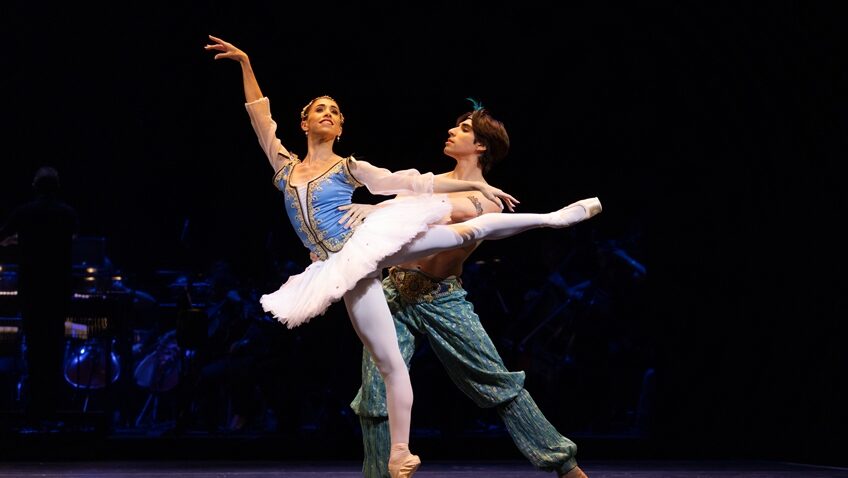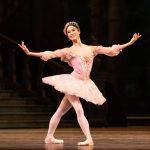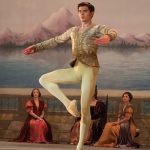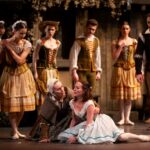NUREYEV LEGEND & LEGACY celebrates a legendary, mesmerising, charismatic dancer.
One of the most thrilling moments of my theatregoing life was seeing Rudolph Nureyev in the pas de deux from second act of Petipa’s Le Corsaire. It was a dazzling display of Tatarian pyrotechnics. His soaring leaps were so high and so fast that you could hear the audience taking in its collective breath. The dancing lasted 10 minutes. The applause went on for 20 minutes. The extended curtain calls would become a regular feature of his career.
Nureyev made his London debut at Theatre Royal Drury Lane in a gala in his honour organised by Margot Fonteyn in 1961. His partnership with Fonteyn, ten years older than he, 23-years-old, gave her career a new lease of life.
Nureyev had an enormous impact on ballet, dancers and public alike worldwide. Passionate, arrogant, fiery of temperament, outrageous, predatory, his virtuosity, theatricality and magnetism dominated the stage.
The Sixties were his heyday. He was lionised and his celebrity status did much to popularize ballet. He increased the possibilities for male dancers. He worked with every major contemporary choreographer.
The Drury Lane gala included familiar excerpts (The Sleeping Beauty, La Bayadere, Giselle) and the not-so familiar (Gayane, Laurencia, Don Juan). The cast is international. David Briskin conducts the Royal Ballet Sinfonia on stage behind the dancers.
The programme opens with a brief introduction by Dame Monica Mason and Ralph Fiennes. Mason, choosing her words very carefully, said she had been “poisoned” by Nureyev.
Maia Makhateli and Oleg Ivenko dance a pas de deux from Nina Anisimova’s Gayane. Ivenko, witty and charming, an excellent dancer and actor, played Nureyev in The White Crow, the Russian film directed by Ralph Fiennes which documented his youth and climaxed with his defection to the West in 1961, a major event at the height of the Cold War.
It was Nureyev’s performance in Gayane at drama school which led to instant offer of soloist roles by the Bolshoi and Kirov. He went to Kirov and made his professional debut in 1958.

Cesar Carolles leaps out in Laurencia. Francesco Gabriele Frola and Emma Howes dance a delightful duet from Bournonville’s Flower Festival in Genzano and Frola is so buoyant, so carefree, such virtuosity. Francesca Hayward and William Bracewell give a heart-breaking glimpse of Giselle and Albrecht.
The excerpt from John Nieumeier ‘s Don Juan, danced by Alina Cojacura and Alexandr Trusch to the sound of a requiem mass, is so tantalising it makes you want to see more. The Angel of Death falls in love with Don Juan and she goes off with him to hell.
The gala closed with the famous pas de deux from Le Corsaire. Yasmine Naghidi pirouettes. Cesar Carolles is a splendid Tatar, full of animal energy.
Nureyev made his final appearance at the Paris Opera in 1992. He was in a wheelchair, unable to walk. The audience gasped out loud when they saw how gaunt and ill, he looked. One insensitive UK newspaper had a huge photo and the crass headline, The Dying Swan in huge letters. Nureyev died of AIDS. He was 54 years old.
The gala performance is supported by the Rudolf Nureyev Foundation. The money raised provides grants to promising dancers to support their studies.
Nureyev Legend & Legacy can be watched on Marquee TV on a pay per view basis September 16-26. To find out more follow this link.
To learn more about Robert Tanitch and his reviews, click here to go to his website 




